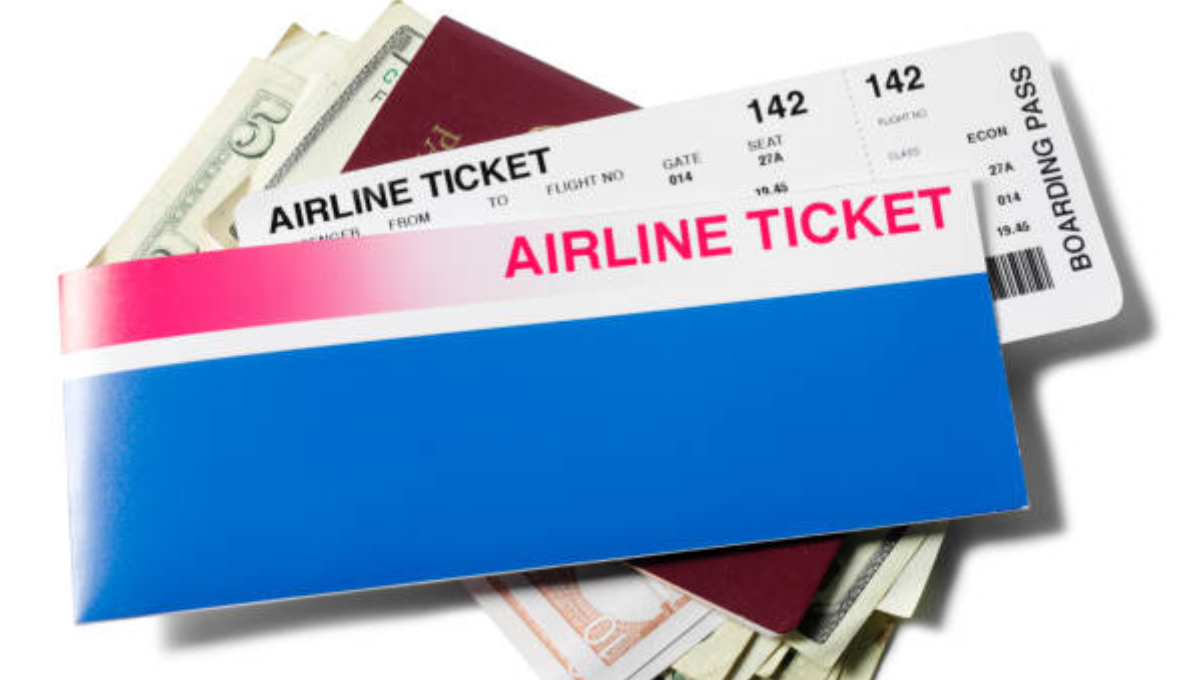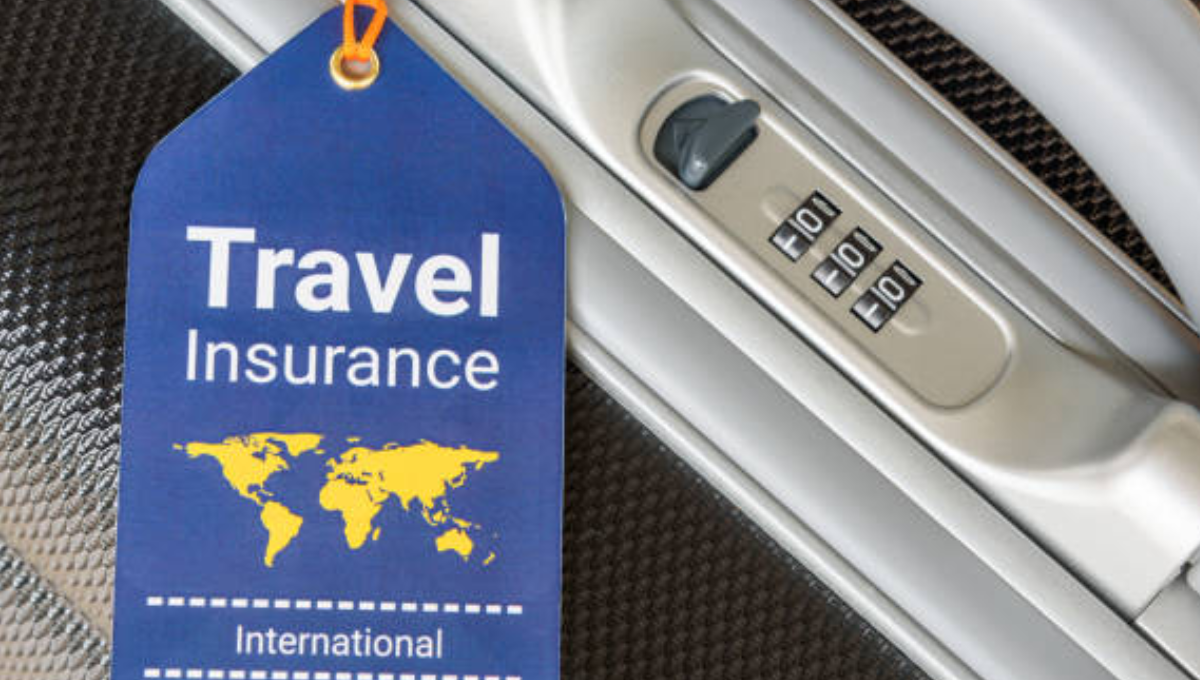Booking a non-refundable ticket can often save you money, but what happens when your plans change? While these tickets are generally labeled as non-refundable, there are circumstances where you may still be eligible for a refund or alternative options. This comprehensive guide will walk you through the possibilities and strategies to recover your money.
Understanding Non-Refundable Tickets
A non-refundable ticket is typically cheaper than a refundable one and offers fewer privileges. Airlines use this pricing strategy to fill seats quickly. However, the term “non-refundable” doesn’t always mean you’re completely out of options if your plans change.
When Are Refunds Possible for Non-Refundable Tickets?
1. Within the 24-Hour Cancellation Window
- U.S. Department of Transportation (DOT) regulations require airlines to provide a 24-hour cancellation policy for flights to or from the United States.
- You are entitled to a full refund if you cancel within 24 hours of booking and the flight is booked at least seven days before departure.
2. Flight Cancellations or Schedule Changes
- If the airline cancels or changes your flight significantly, you may qualify for a refund or rebooking at no extra cost.
- Significant changes include substantial delays, routing changes, or seat downgrades.
3. Medical or Family Emergencies
- Many airlines have compassion policies for situations involving medical emergencies, family deaths, or severe illness.
- Providing proper documentation, such as a doctor’s note or death certificate, may support your refund request.
4. Travel Insurance Coverage
- If you purchased travel insurance, review the policy terms. Many comprehensive plans offer coverage for cancellations due to unforeseen events, including medical issues, natural disasters, or job loss.
5. Credit Card Protections
- Some credit cards provide built-in travel protection. If you booked your ticket using an eligible card, check the issuer’s policy for refund eligibility.
How to Request a Refund on a Non-Refundable Ticket
Follow these steps to maximize your chances of securing a refund:
- Contact the Airline:
- Reach out to the airline’s customer service directly.
- Be polite and provide a clear explanation of why you are requesting a refund.
- Gather Supporting Documents:
- Have any necessary documentation, such as a medical note, insurance claim, or cancellation notice.
- Leverage Airline Policies:
- Familiarize yourself with the airline’s contract of carriage and point out any applicable clauses.
- Escalate If Necessary:
- If your initial request is denied, consider escalating to a supervisor or submitting a complaint to the DOT.
Alternative Options for Non-Refundable Tickets
If a refund is not possible, consider these alternatives:
1. Change the Ticket
- Many airlines allow passengers to change their tickets for a fee. While you may pay a fare difference, it’s often a more cost-effective solution.
2. Request a Travel Credit or Voucher
- Some airlines offer travel credits or vouchers instead of refunds, which can be used for future flights.
3. Transfer or Sell Your Ticket
- Certain low-cost carriers permit name changes for a fee, allowing you to transfer the ticket to someone else.
4. Negotiate with Customer Service
- Explain your situation calmly and provide any applicable evidence. Agents often have discretionary power to provide partial refunds or offer other forms of compensation.
Tips to Minimize Loss on Non-Refundable Tickets
- Book Wisely: Always read the fare rules and consider whether a non-refundable ticket is the right choice.
- Add Travel Insurance: Comprehensive policies can cover cancellations for valid reasons.
- Use Credit Card Benefits: Leverage any travel protection features offered by your credit card.
- Track Flight Changes: Stay updated on your airline’s notifications to monitor potential flight changes or cancellations.
Conclusion
While non-refundable tickets are generally final, knowing your rights and exploring available options can increase your chances of obtaining a refund or credit. Whether it’s taking advantage of the 24-hour cancellation policy, relying on travel insurance, or negotiating directly with the airline, there are several avenues to explore.







